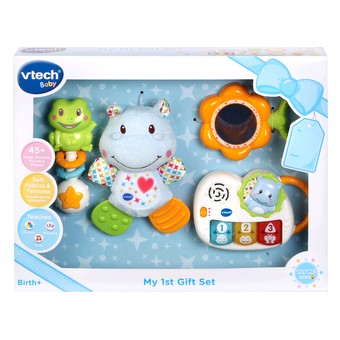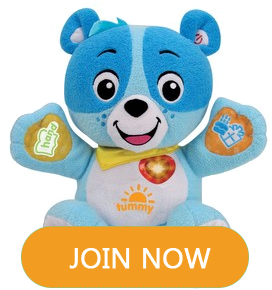Why Join VTech Club?
Joining is free, fast and full of great benefits, such as:
- Promotions and offers
- Monthly £1,000 prize draw*
- Regular competitions
- Special offers for our members
Added benefits
- Register your VTech products
- Apply to be a Product Tester
-
Shop
AgeBaby MonitorsBy BrandMore Ways To Shop
- Brands
-
Downloads
Learning LodgeLearning Lodge AppsIOS AppsAndroid AppsDigiart
-
Parents
VTech Club Sign-up
- Customer Support
Consumer ServicesAbout VTechFirmware UpdatesContact Us - Customer Support
Shop
Age
Baby Monitors
By Brand
More Ways To Shop
Brands
Downloads
Learning Lodge
Learning Lodge Apps
IOS Apps
Android Apps
Digiart
Parents
VTech Club Sign-up
Parenting
Community
Customer Support
Consumer Services
About VTech
Tutorials
Firmware Updates
Contact Us

0+
YEARS
My 1st Gift Set
£24.99
Temporarily unavailable to purchase online,
for more information please call 03306780149
for more information please call 03306780149
Developmental Benefits

Language Development

Discovery Exploration

Tactile Stimulation

Sensory Development

Motor Skills
Developmental Benefits
My 1st Gift Set

- Introduces the alphabet, letter sounds and vocabulary.
- Babies start to babble at an early age and this can be seen as the first signs of language. They are predisposed to pick up the sounds of the language that they hear around them. Adults can facilitate babies’ language development by playing with them, focussing on particular toys, reading books and naming everyday objects. The more babies are exposed to language the faster they will begin to pick up it up. There are social skills involved in language acquisition such as realising that it is necessary to wait until the other person has finished speaking. Babies begin to learn about conversational turn-taking from an early age; if a baby is babbling the adult waits for a pause and then talks to the baby. Babies learn to take turns even before they are using words. Social interaction is important for language development and turn-taking games are a fun and educational way for babies and young children to learn.
Young children also need to practice their language skills. Toys that name alphabet letters and everyday words satisfy young children’s need for repetition and rehearsal when practicing words and sounds. For instance, young children can press a button repetitively to hear the same sound or word again. Babies and children learn a lot through repetition and pick up words rapidly in this way. Once children begin to read their vocabulary expands enormously.

- Heightens curiosity and encourages exploration.
- Even young babies love to learn about the world through exploration. Kicking and waving their arms while lying in their cot can lead them to discover that a kick can make a banging sound. Exploration and play are closely linked in infants where, for example, discovering that a toy makes a noise leads to infants repeating the action that made the noise. Babies learn a great deal through repetition. Once babies are either crawling or walking their mobility gives them more opportunities to explore their world.<br /> Babies need to satisfy their curiosity about an object or toy by approaching and handling it. Adults can influence an infant’s confidence about the world by encouraging and smiling at them when they approach an unfamiliar object or toy. Babies can show uncertainty about a new toy and in order for them to confidently explore and discover it they need the emotional reassurance from their parent or caregiver. The confidence to explore and discover new things develops during infancy and creates a healthy curiousity about the world throughout childhood.

- Mixture of different textures provide stimulation for baby.
- Babies learn about the world through their senses. The sense of touch is intimately linked with other senses such as sound and vision. Babies are provided with stimulation from more than one sensory system at the same time; this is termed intermodal perception. They learn about the sounds that different objects make when they bang or touch them. Toys that are have different textures and shapes facilitate infants’ learning. Babies put toys and other objects in their mouths from an early age. They also begin to reach for and grasp objects and then move toys from one hand to another. Toys that are made of different materials and are different shapes stimulate young infants to grasp, mouth and shake them. Babies then gain greater motor control and begin to pick up small objects with their thumb and index finger. They also begin to bang objects together. This combines tactile and auditory stimulation; they feel the vibration and also hear the sound.<br /> Bath time play is an excellent opportunity for tactile stimulation. Bath toys that are small and lightweight so that young babies can grasp them are excellent stimulus materials. Babies and young children can learn from handling toys in the water; there are many opportunities for grasping, squeezing and squirting water from objects. Tactile stimulation and learning is also experienced when infants and young children feel the weight of a toy when they have filled it with water and then after they have poured the water away. These types of experiences help young children to learn about the shape, pattern, surface, texture and weight of objects through touching them.

- A variety of textures, visuals and sounds stimulate sensory development.
- Sensory development is intimately related to motor development. Babies are born into a world that stimulates their senses and to which they react. These reactions are bodily movements which create learning experiences. Sensory development in babies can be facilitated through toys that provide opportunities for them to experience sounds, visuals and textures. Young infants need to be presented with an adequate but not too great amount of sensory stimulation.<br /> From an early age babies use touch to investigate their world; as they learn to reach they begin to run their tongue and lips over toys and then look at them. Tactile stimulation is also combined with other sensory information. Babies can perceive input from different sensory systems in a unified way; for instance, vision and touch are closely coordinated when using a shape sorter. Babies who handle shapes and also fit them through a hole are learning to solve problems through touch and sight. Infants also learn about the links between sights, sounds and feel of toys when these are demonstrated by adults. They begin to associate the sight and sound of a rhythmically shaken rattle or the nursery rhyme played by a particular toy. During the first year of life infants’ visual development is rapid and they begin to identify objects through shape, colour and texture. They also develop the ability to visually track objects. Toys give babies and young children many opportunities to enhance their sensory development.

- Encourages fine motor skill development.
- An infant’s growth and development in the first year of life is rapid. Many movements that young babies make are in preparation for the next stage of their development. When young babies watch a mobile they are constantly moving their head, arms, legs and even their mouths in response to the movement of the toy. Sound and movement attract a baby’s attention; if a toy is placed almost within reach of babies their movements become more animated. Bath toys provide opportunities to develop and use motor skills to great effect. For example, a young baby has greater control over their leg movements than their arms. You will often see young babies in a bath reaching with their legs towards a floating toy and kicking. All these movements strengthen muscles in readiness for the next stage - walking.<br /> As babies develop they become more adept at grasping objects. Young infants learn to grasp an object, for instance a cube. The grasping, at first, is quite clumsy but through repetition, and across time, infants become adept at grasping and develop fine motor skills. Infants first use the ulnar grasp where their fingers close against the palm when trying to hold an object. Within another month they are able to move the object from hand to hand. After the first year, infants adopt the ‘pincer grasp’ where they use their thumb and index finger to grasp even very tiny objects. Shape sorters help infants to fine tune their visual perception and hand coordination. Soon infants are building towers with two cubes; this also requires fine coordination skills. As the child grows computer games have been shown to help with hand and eye coordination. Spatial skills can also be enhanced when playing games that require concentration, quick responses and finely tuned motor skills.
- Soft hippo teether, rattle and musical piano make the perfect on-the-go gift set for babies.
- Adorable animal characters engage and entertain.
- Includes 4 sing-along songs and 15 melodies.
Best for ages:
Birth+
Highlights
My 1st Gift Set by VTech comes with a soft hippo teether, rattle and piano. Includes 15 popular melodies and 4 sing-along songs and sound effects.
Description
My 1st Gift Set by VTech is an ideal gift for little bundles of joy. Soft hippo teether, rattle and piano make the perfect on-the-go gift set for babies. The hippo teether is soft and a perfect little friend for baby. The crinkle paper arms and soft fabric body provide tactile stimulation. The rattle has an easy to grip handle with two fun rattle play pieces that will move around when the rattle is shaken. The musical piano has 3 light up music buttons that introduce animals, numbers and colours. Includes 15 popular melodies, 4 sing-along songs and fun sound effects.
- Product Number: 80-522003
- 3 x AAA Batteries Required
- Customer Support
- Learning Lodge on
macOS 10.15 - FAQs
- Contact Us
- Product Safety Message
- Privacy Policy
- Cookie Statement
- Vulnerability Disclosure Policy
- Delivery Detail
- Website Terms & Conditions
- Learning Lodge Terms & Conditions
- Kid Connect and KidiConnect Terms and Conditions
- eWaste & Battery Recycling
- Product Warranty
- Returns Policy
- Modern Slavery Statement
- Right to Erasure Request Form
- Site Map
- About VTech
- Expert Panel
- Careers
- Sustainability
- Tax Strategy
- Climate Positive Workforce
- VTech Global
- VTech Canada
- VTech US
- VTech Phones

©2024 VTech Electronics, All Rights Reserved.



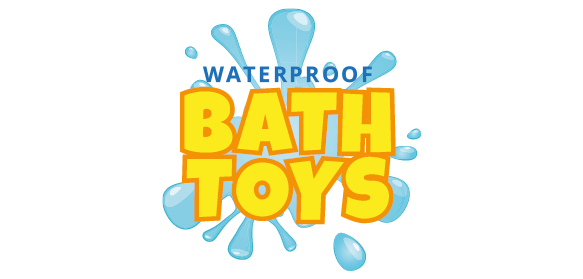
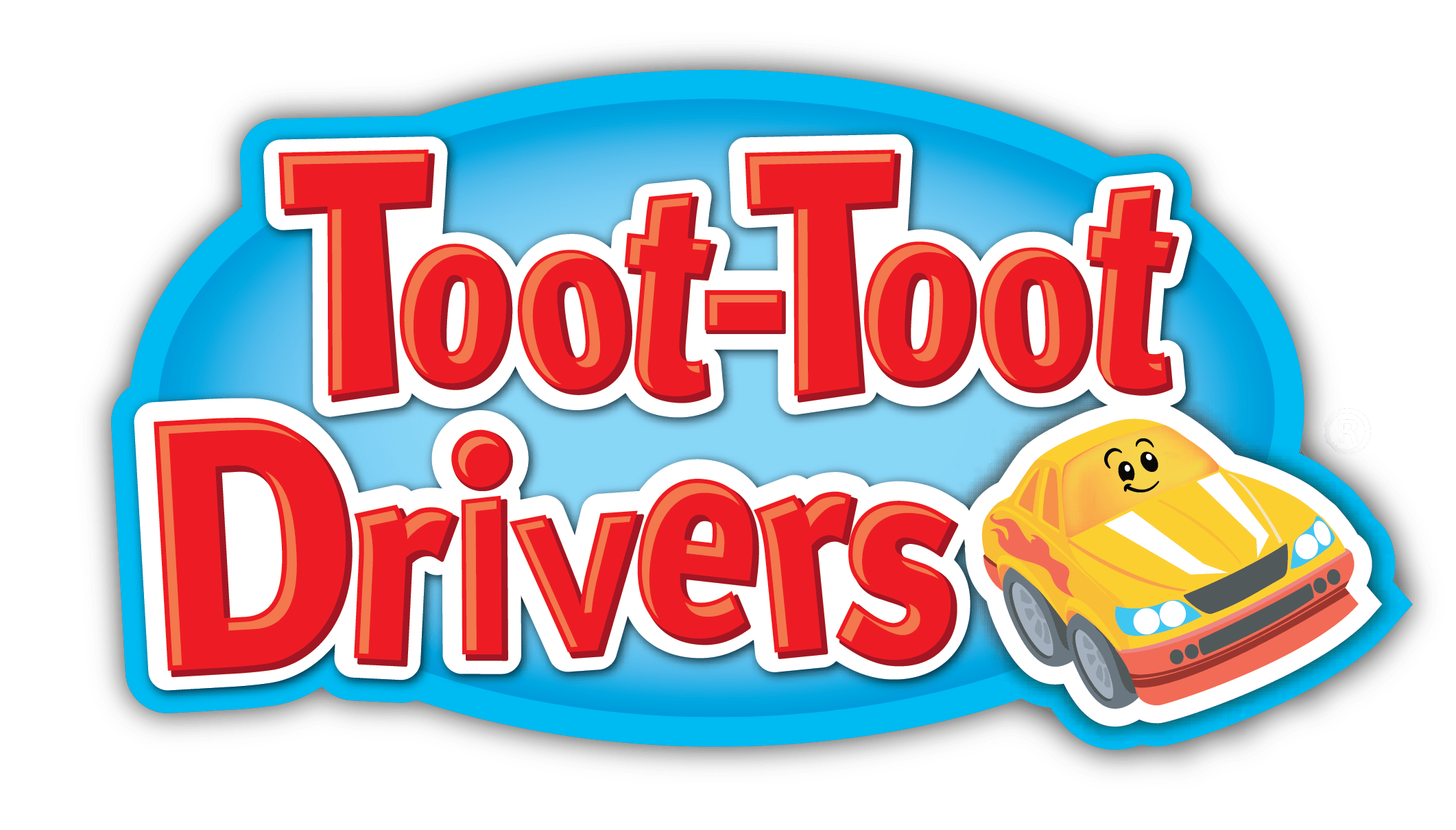



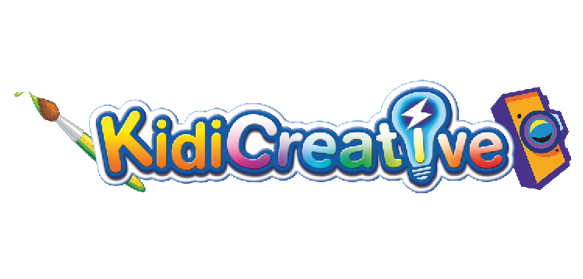

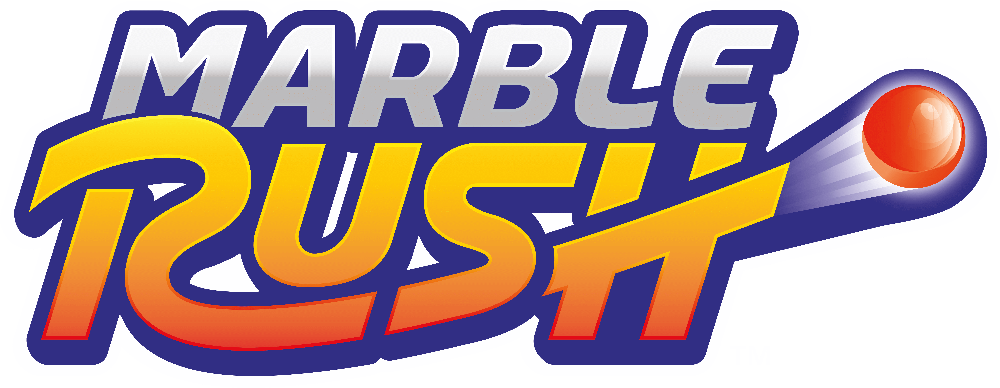
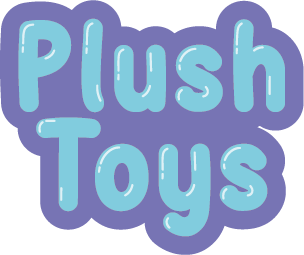
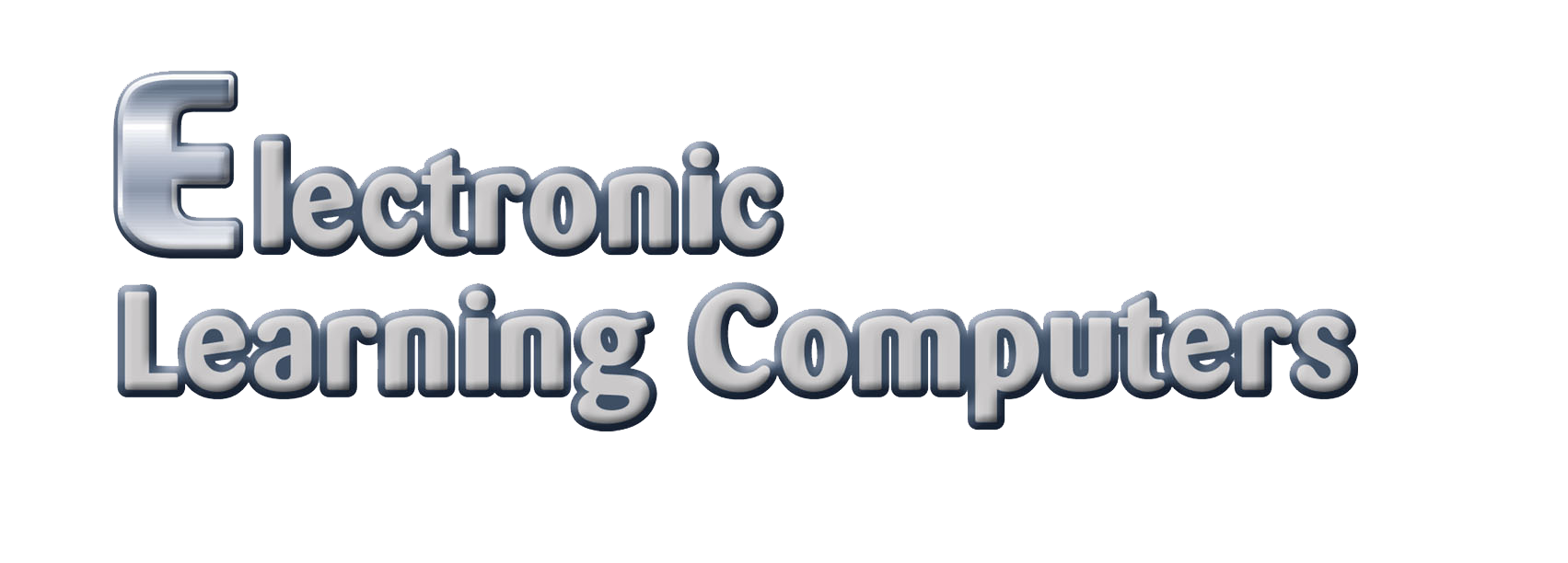
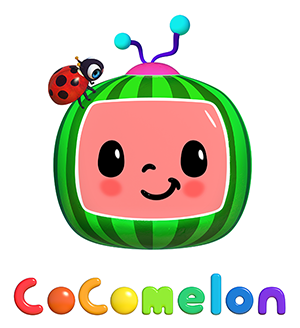

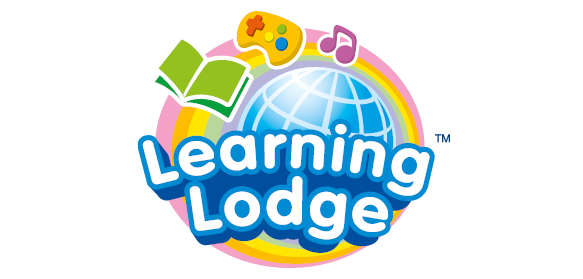 Download
Download

